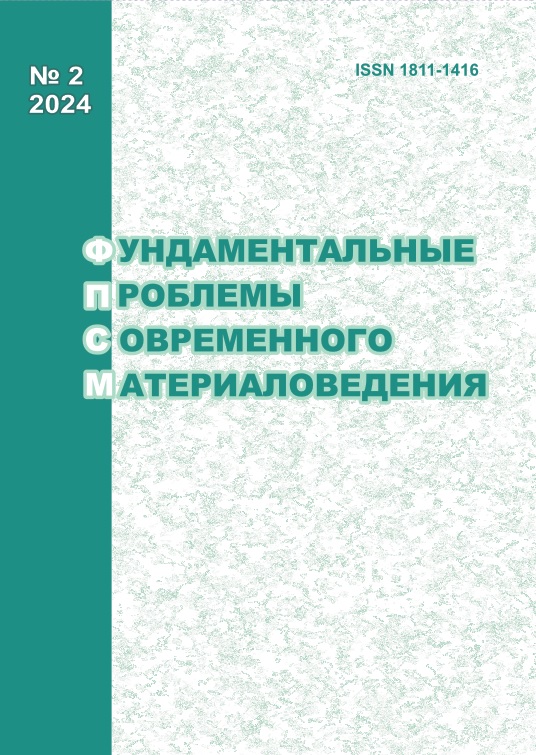ROTATION OF THE PLANE POLARIZATION OF LIGHT RADIATION IN NEMATIC LIQUID CRYSTALS
10.25712/ASTU.1811-1416.2024.02.007
Keywords:
surface-active substance, liquid crystal, light transmission, orientation, optical anisotropy, polarization planeAbstract
Soft materials are characterized by the existence of a birefringence effect, which is easily controlled by external factors. This effect makes it possible to simulate the light emission of the optical range by a number of wave parameters, since it is directly related to the anisotropy of the refractive index. The last argument allows you to change the orientation of the polarization plane of the light radiation transmitted through the sample. When the latter are introduced into the LCD medium, the anisotropy of the refractive index (∆n) varies greatly. To improve the optical characteristics of liquid crystal cells, such as brightness, contrast and speed, special orienting surfaces with a pre-selected morphology are used, and their volume is filled with nanoparticles or surfactants. However, the introduction of such particles causes scattering of light radiation, accompanying a decrease in the degree of polarization of the transmitted radiation. Therefore, in order to reduce undesirable intensity losses of the simulated light radiation, it is necessary to solve the problem of matching LCD elements with the optical circuit of the device according to the position of the polarization plane. We investigated the effect of surfactants in the form of cetyltrimethyl ammonium bromide (CTAB) in nematic liquid crystal cells of type 4-pentyl-4’-cyanobiphenyl 5CB. As a result, the application of an electric field showed that for the initial 5CB NLC and cells with a concentration of 0.05 % CTAB-a, the light radiation passing through the cells can be perceived as polarized, since the Iox/Ioy ratio is greater than 100; in cells containing 5CB NLC and concentrations of 0.1 and 0.3 wt. % CTAB-a, light emissions can be considered linearly polarized when the conditions 10< Iox/Ioy <100 are met; and a cell with a content of 0.5 wt. % surfactant-a serves as a means to obtain elliptical polarization of light. In the latter case, the Iox/Ioy condition is less than 100. To interpret the results obtained, we took into account the effect of the CTAB surfactant on the positions of the director of the NLC 5CB, the relationship between the concentrations of the introduced surfactant and the angle of rotation of the polarization plane was established. The clear boundaries of the linear and elliptical polarization of the light transmitted through the cell are indicated, depending on the concentration of CTAB surfactants. Possible applications of such materials in semiconductor and solid-state laser technology and display technologies are proposed.












 Journal «Fundamental’nye problemy sovremennogo materialovedenia / Basic Problems of Material Science»
Journal «Fundamental’nye problemy sovremennogo materialovedenia / Basic Problems of Material Science» This work is licensed under a
This work is licensed under a 
